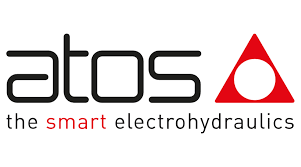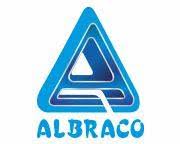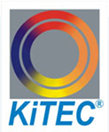iPUMPNET cuts wastewater energy use by 25 percent
By Staff Report | February 11, 2025 7:34 pm SHARE
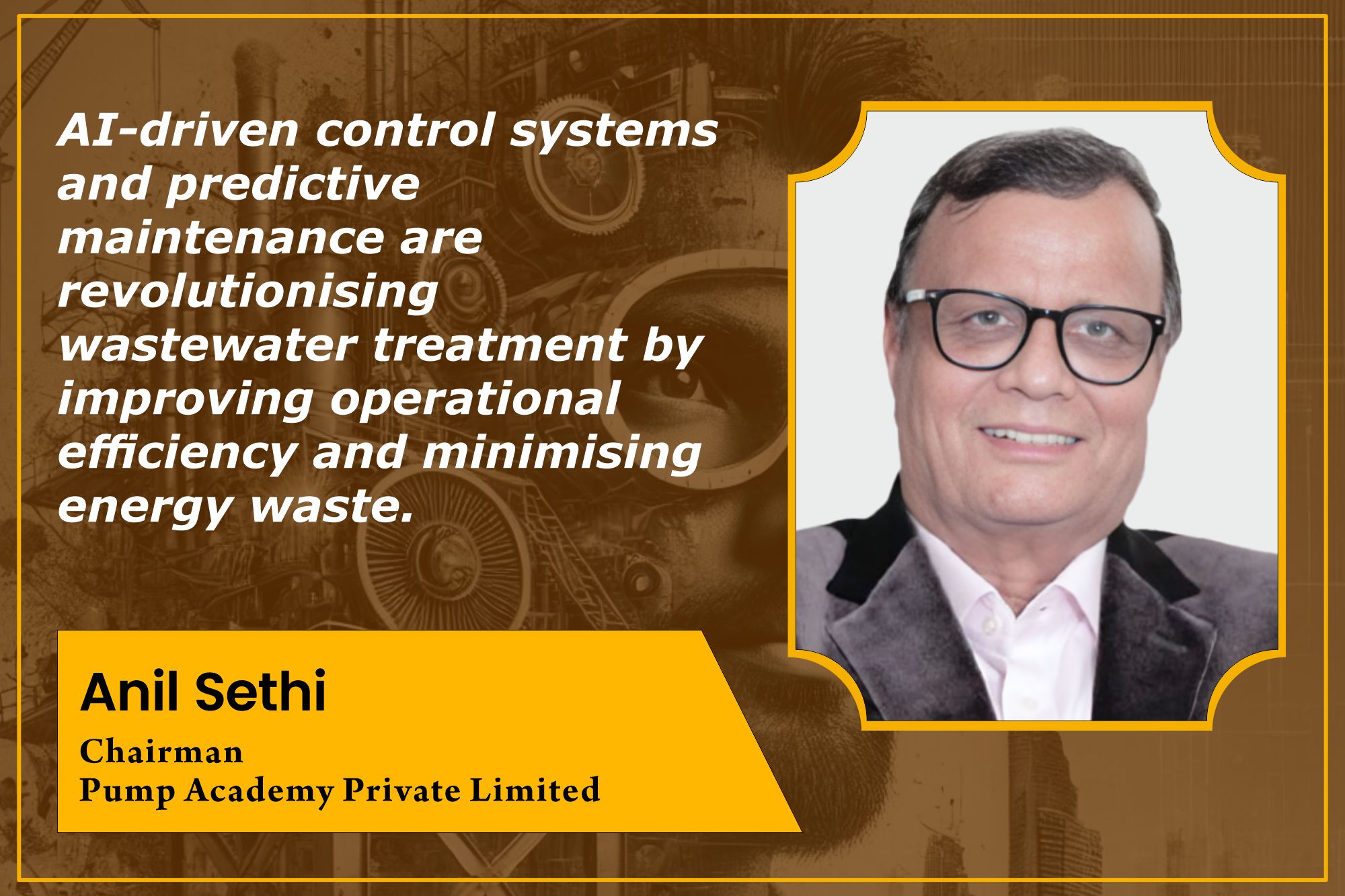
With the potential to reduce energy consumption by up to 25 percent, iPUMPNET is paving the way for more sustainable and cost-efficient wastewater management solutions across India. Anil Sethi, Chairman of Pump Academy, discusses this innovation’s impact on operational costs, carbon emissions, and the future of wastewater infrastructure.
What are the major challenges India’s water sector faces, and what strategies can be implemented to address them effectively?
India is the largest consumer and user of groundwater but faces critical challenges in water management due to its growing population, rapid urbanisation, and increasing industrial and agricultural demands. Water scarcity, further intensified by climate change, is a significant challenge. Groundwater depletion has reached alarming levels in many regions, while untreated industrial and municipal sewage and agricultural runoff have severely polluted rivers and water bodies. The lack of adequate wastewater treatment infrastructure further aggravates these problems, affecting water resources and human health. Ageing water infrastructure contributes to inefficiencies, leading to significant water losses through broken pipes and leakages. Urban areas often face irregular water supply, while farmers grapple with inadequate irrigation systems, resulting in the inefficient use of water in agriculture, which accounts for 80% of the country’s water consumption.
Addressing water challenges requires a multi-pronged approach. Modern irrigation techniques like drip irrigation and precision farming can significantly reduce agricultural water consumption. Properly implemented rainwater harvesting systems can recharge groundwater and serve as alternative water sources. Expanding wastewater treatment infrastructure and promoting water recycling in industries, agriculture, and horticulture are vital to easing pressure on freshwater resources.
Technology is key to improving efficiency. Smart water meters, leak detection systems, and real-time monitoring enhance water management and reduce wastage. Policy reforms, better governance, and active community participation through awareness campaigns and grassroots efforts are essential for sustainable water practices.

By integrating technical innovations, policy initiatives, infrastructure development, and public involvement, India can overcome its water challenges and establish a sustainable and resilient water management system for the future.
What factors drive the growth of India’s water sector, and how are technology and government initiatives shaping its development?
India’s water sector is growing rapidly due to urbanisation, population growth, and increasing demand for water infrastructure and services. The government has launched major initiatives like the Jal Jeevan Mission (JJM), which aims to provide piped water to all households, driving significant investments of around INR 700 billion annually. Projects like AMRUT (Atal Mission for Rejuvenation and Urban Transformation), Atal Bhujal Yoajana, and river interlinking fuel growth and create opportunities for water sector companies and technology providers.
Industrial growth in water-intensive sectors such as textiles, power, and agriculture has further boosted the sector. Industries are adopting water recycling systems, effluent treatment plants, and smart water management solutions to comply with regulations and promote sustainability.
The integration of digital technologies has accelerated this growth, with smart meters, IoT sensors, and automated systems improving efficiency, reducing losses, and enhancing demand management. Private sector involvement has expanded, bringing innovative solutions in water and wastewater treatment, desalination, pump optimisation, and water quality monitoring. Policy reforms and regulatory frameworks have created a more conducive environment for sector investment.
What factors drive growth and investment opportunities in India’s rapidly expanding wastewater treatment sector?
India’s wastewater treatment sector is growing rapidly due to urbanisation and industrialisation, increasing waste volumes in cities and industrial zones. This growth demands expanded treatment infrastructure to manage rising wastewater loads. Stricter environmental regulations are driving change, with the National Green Tribunal and pollution boards enforcing tougher discharge standards. Government initiatives like the Clean Ganga Mission and AMRUT provide significant funding for wastewater infrastructure development.
Water scarcity has made wastewater recycling crucial. Industries now view treated wastewater as a resource, boosting demand for advanced treatment technologies. Membrane-based systems and Zero Liquid Discharge (ZLD) solutions are gaining popularity for their efficiency and effectiveness. Digital technologies like IoT and AI are improving operational efficiency. Resource recovery systems extract valuable materials like biogas and nutrients, while decentralised treatment units serve smaller cities and industrial clusters. These innovations help reduce costs while supporting environmental sustainability.
The sector presents significant investment opportunities, particularly in advanced treatment technologies and digital solutions that can meet the growing demands of both industrial and municipal wastewater treatment.
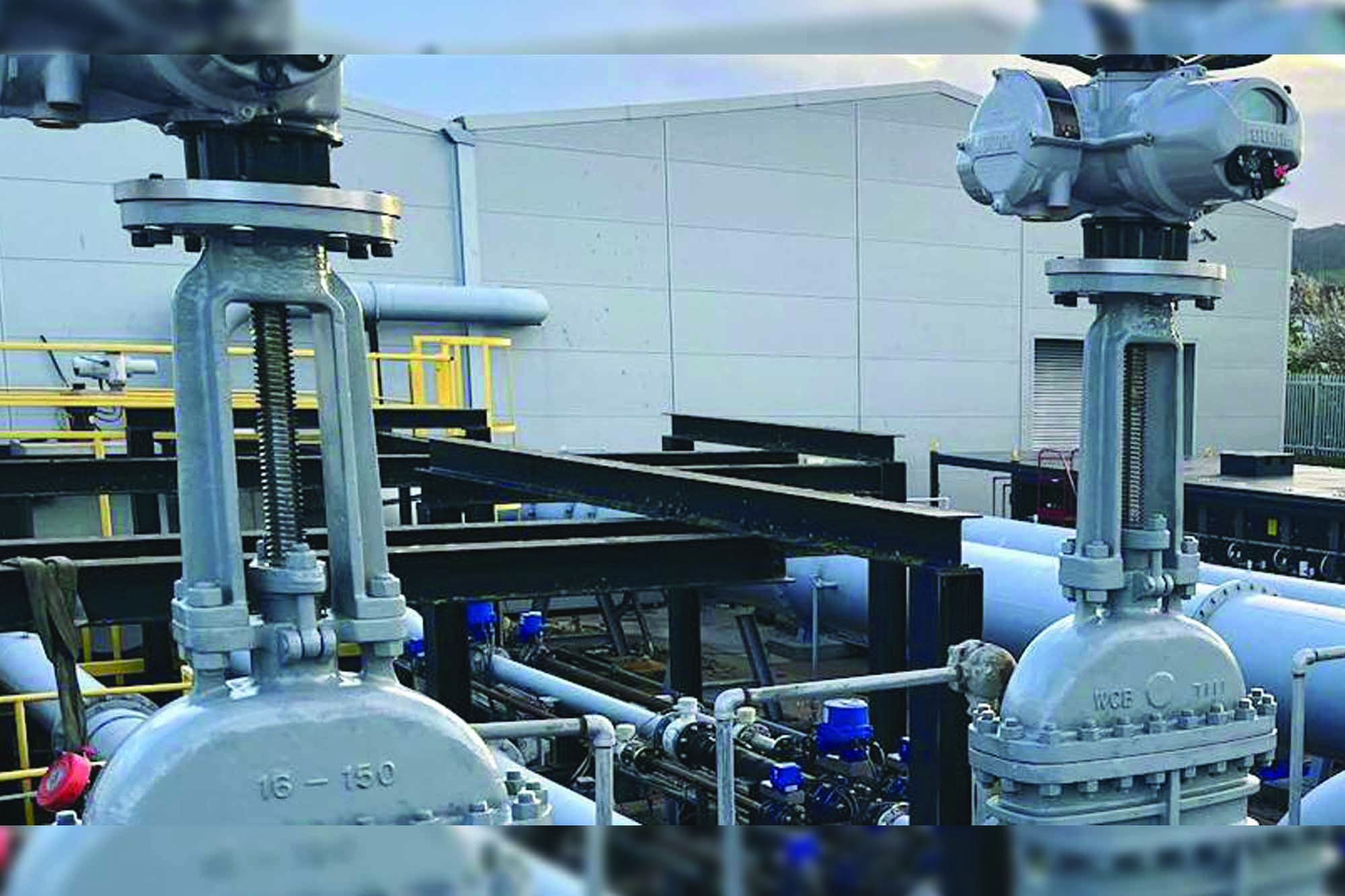
How are wastewater treatment facilities in India improving energy efficiency?
Wastewater treatment facilities are actively adopting energy-efficient solutions to combat rising operational costs. Aeration systems consume most of the plant’s energy and are being upgraded with smart controls and high-efficiency equipment. These include fine-bubble diffusers and variable frequency drives that adjust operation based on real-time demand. Energy recovery has become a priority through optimised anaerobic digestion systems that produce biogas for power generation. Advanced facilities are implementing heat exchangers to capture thermal energy from effluent streams, reducing heating costs. Innovative treatment processes require less oxygen than conventional methods, lowering energy requirements.
Digital solutions, including AI-driven control systems and predictive maintenance, help optimise operations and prevent energy waste. A standout innovation is iPUMPNET, a cutting-edge pump optimisation technology designed to optimise pumping systems that could also be used in raw and treated wastewater pumping. By improving energy efficiency, iPUMPNET can reduce energy consumption by up to 25%, significantly lowering the operational costs of pumping stations. Moreover, if implemented across all water and wastewater pumping stations in India, it has the potential to save approximately 5 GW of energy. At the same time, it also reduces carbon emissions by approximately 3.06 million tonnes every year, contributing to a more sustainable and eco-friendly infrastructure.
For more information, visit: https://www.pumpacademy.in/
Cookie Consent
We use cookies to personalize your experience. By continuing to visit this website you agree to our Terms & Conditions, Privacy Policy and Cookie Policy.





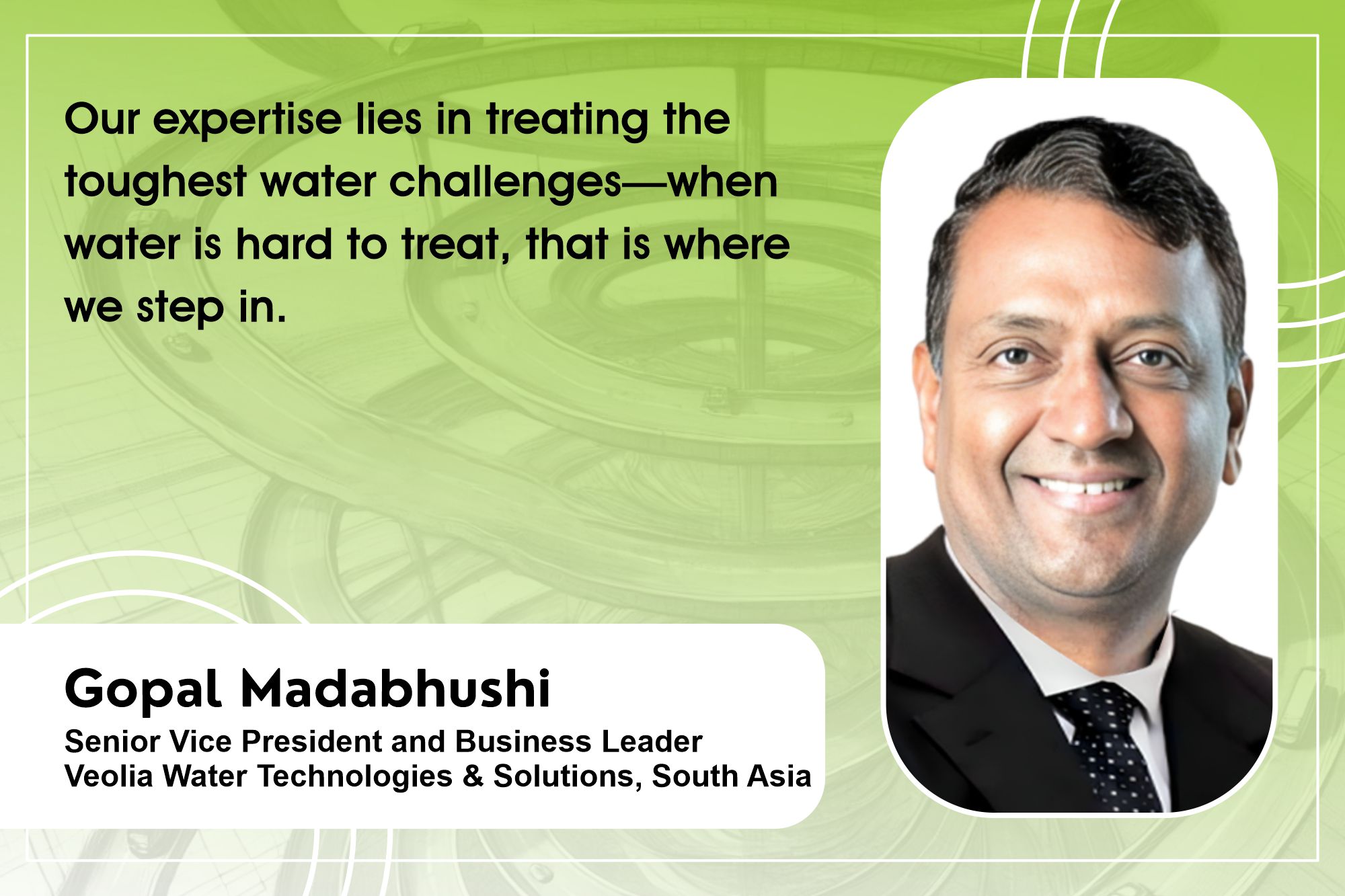






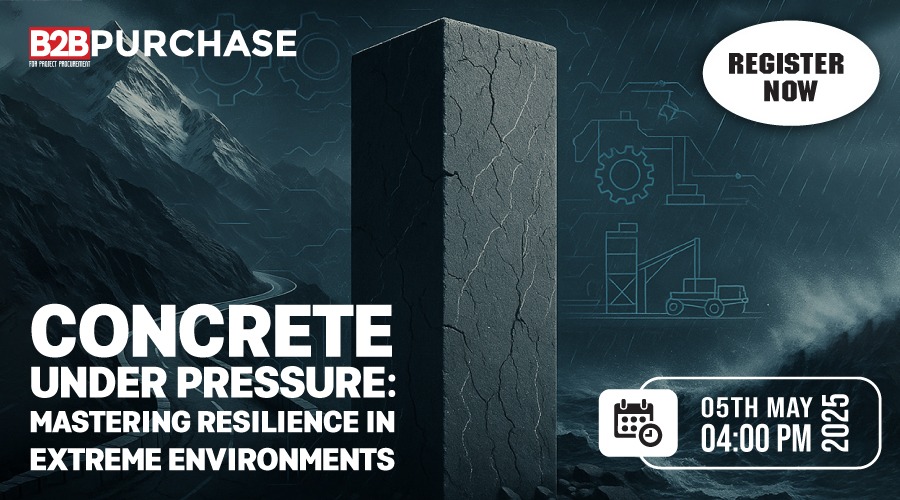





















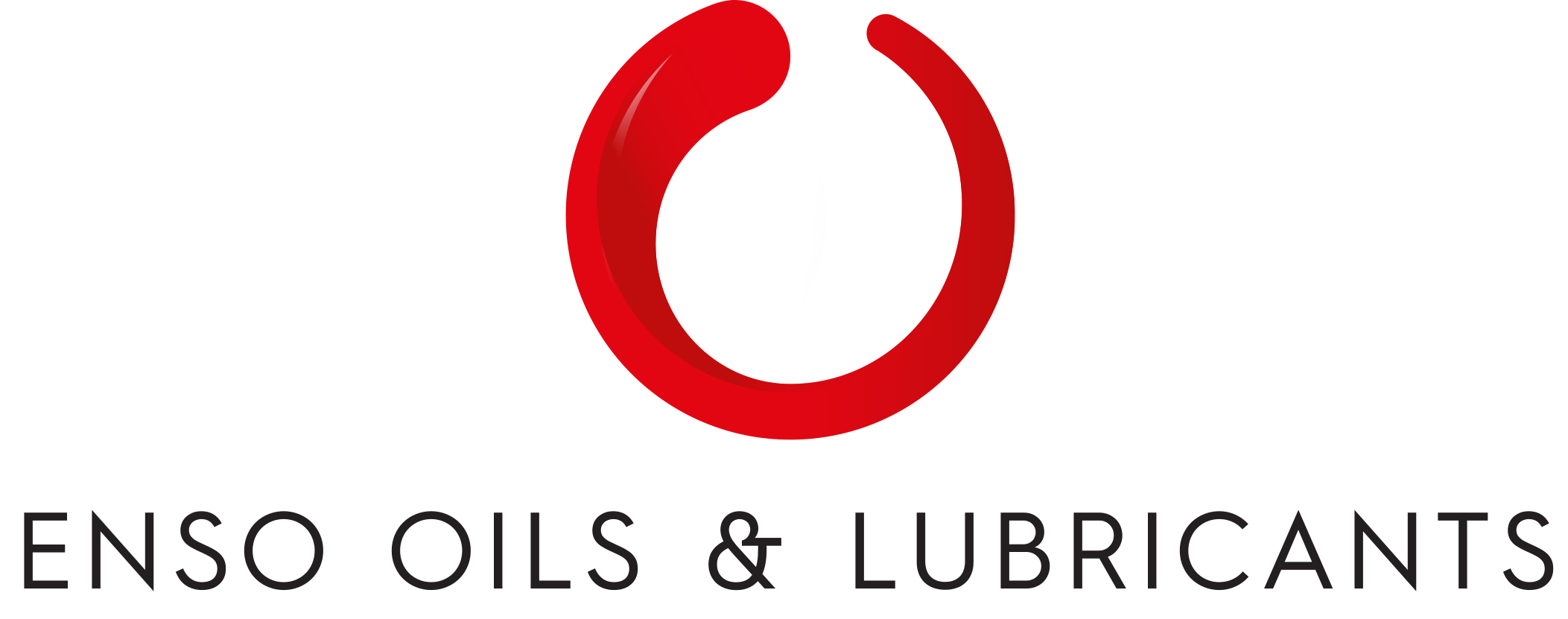


-20240213125207.png)


